Valencia is the third largest city in Spain. Located on the eastern coast, it is a port and industrial city. It is the capital of the Autonomous Region of Valencia and the Province of Valencia. Valencia is one of the famous tourist destinations, with beautiful beaches, plenty of sunshine (300 days per year), a large number of places of interest and colorful folk festivals, attracting tourists. Here‘s how to take a train from Madrid, Spain to Valencia for a vacation.
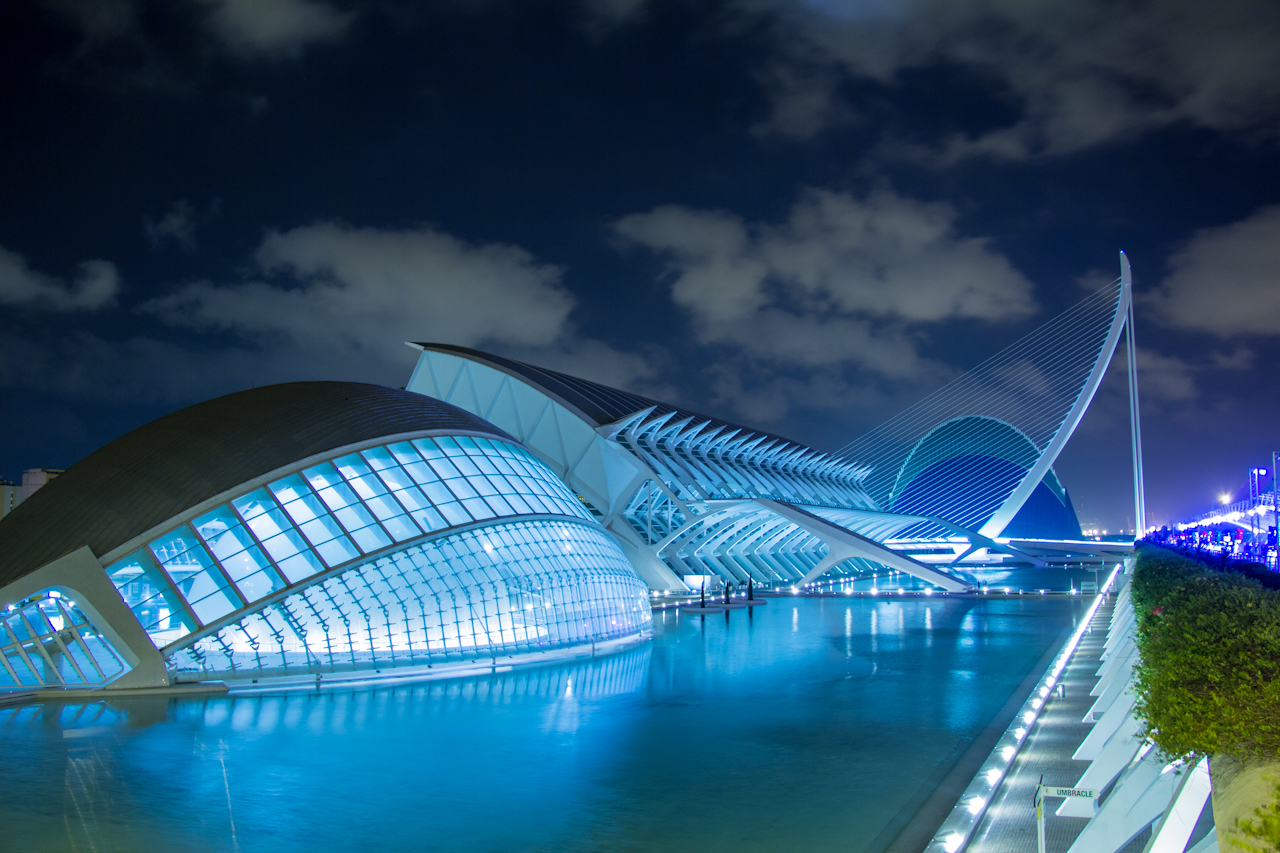 City of Arts and Sciences
City of Arts and Sciences
The City of Arts and Sciences is the collective term for the five regions on the bed of the Turia River in Valencia, Spain. It is the most important modern tourist destination in the city of Valencia and one of the most relevant modern tourist destinations in Spain. The City of Arts and Sciences was designed by Valencia designer Santiago Calatrava, and construction began in July 1996, and the completed "City" was officially established on April 16, 1998, with L’Hemisfèric; The Hemisfèric Planetarium opens.
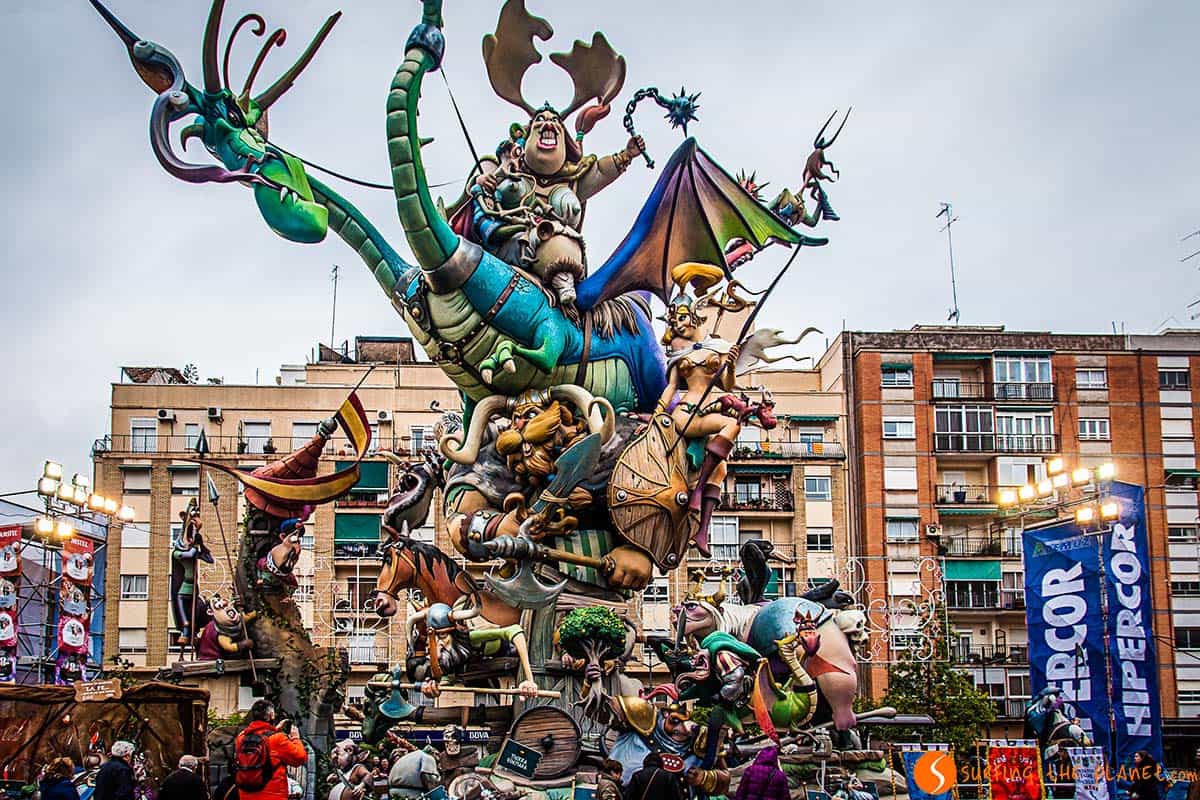
Las Fallas Festival
The Fall Festival is a festival that originated in Valencia, Spain, to celebrate the arrival of spring. It is generally held from March 14 to 19 in 160 cities in Spain and Argentina. On November 30, 2016, Falla Festival was included in the UNESCO Intangible Cultural Heritage List.
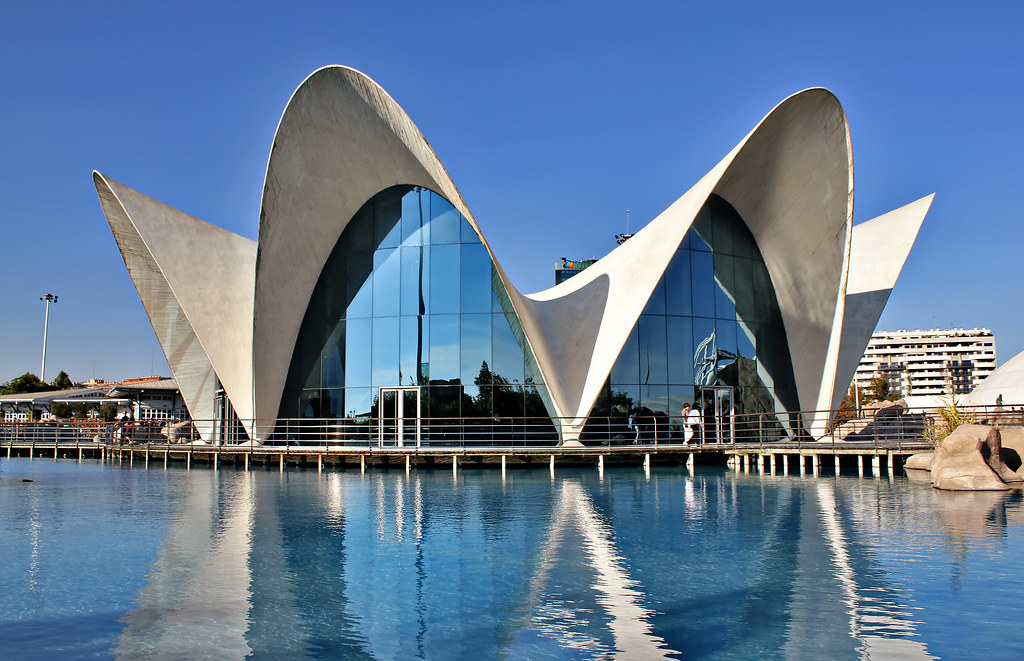
The Oceanogràfic
It is a marine aquarium located in the east of Valencia, Spain, and represents different marine habitats. It was designed by architect Félix Candela and structural engineers Alberto Domingo and Carlos Lázaro.
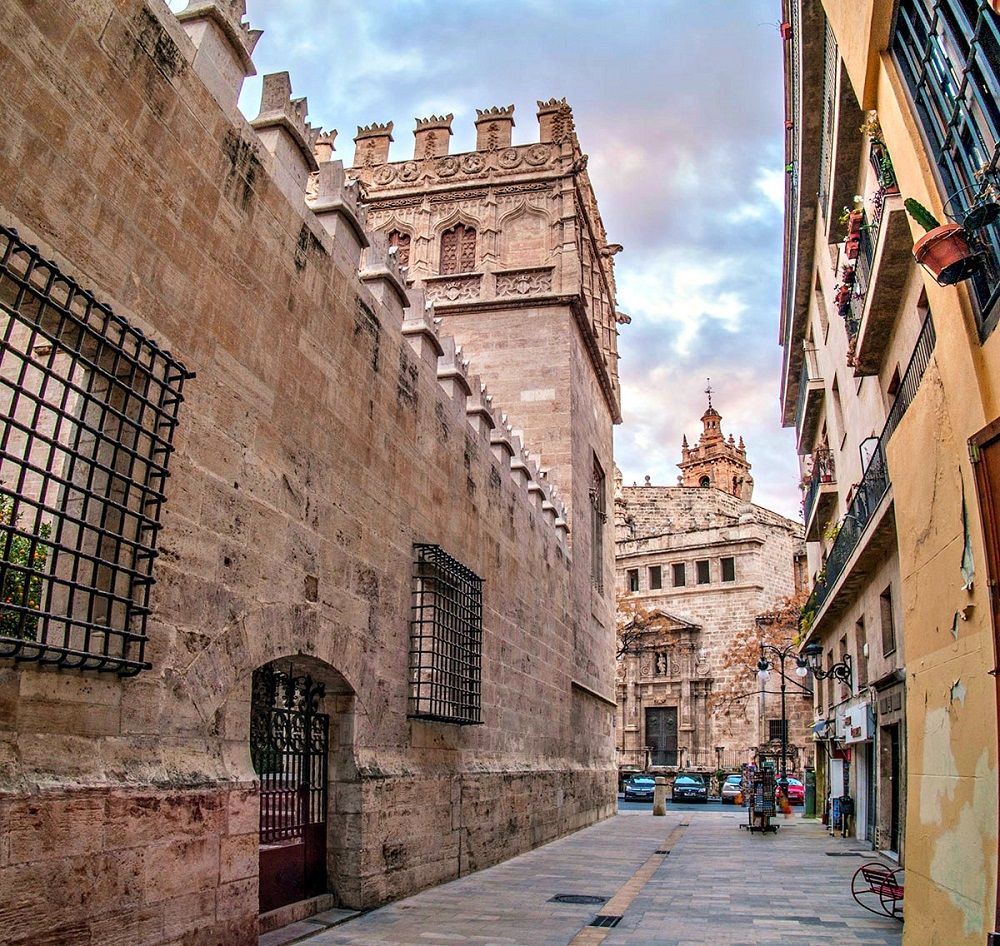
The Silk Exchange
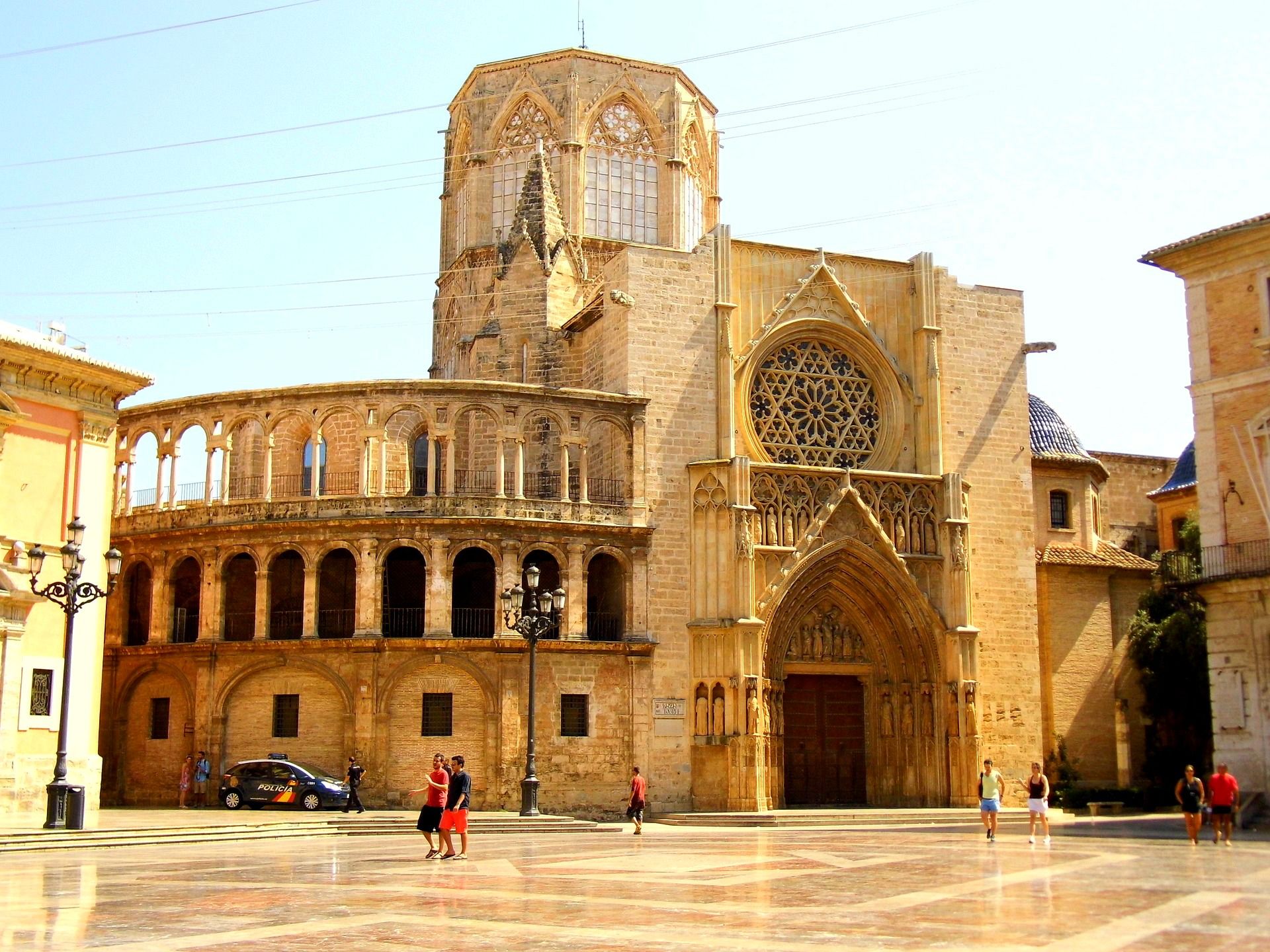
Valencia Cathedral
Valencia The Cathedral of Our Lady of the Assumption is the Catholic Cathedral of the Archdiocese of Valencia, located in the Spanish city of Valencia. It used to be the original site of the Visigoth Cathedral, which was changed to a mosque during the Moorish rule. After regaining the lost ground movement, in 1238, the first bishop of Valencia consecrated the mosque to the Catholic Church and, according to the order of Jaime I, enshrined the Virgin. There were also inscriptions on the wall at the time. In 1262, the bishop demolished it and built a new church.
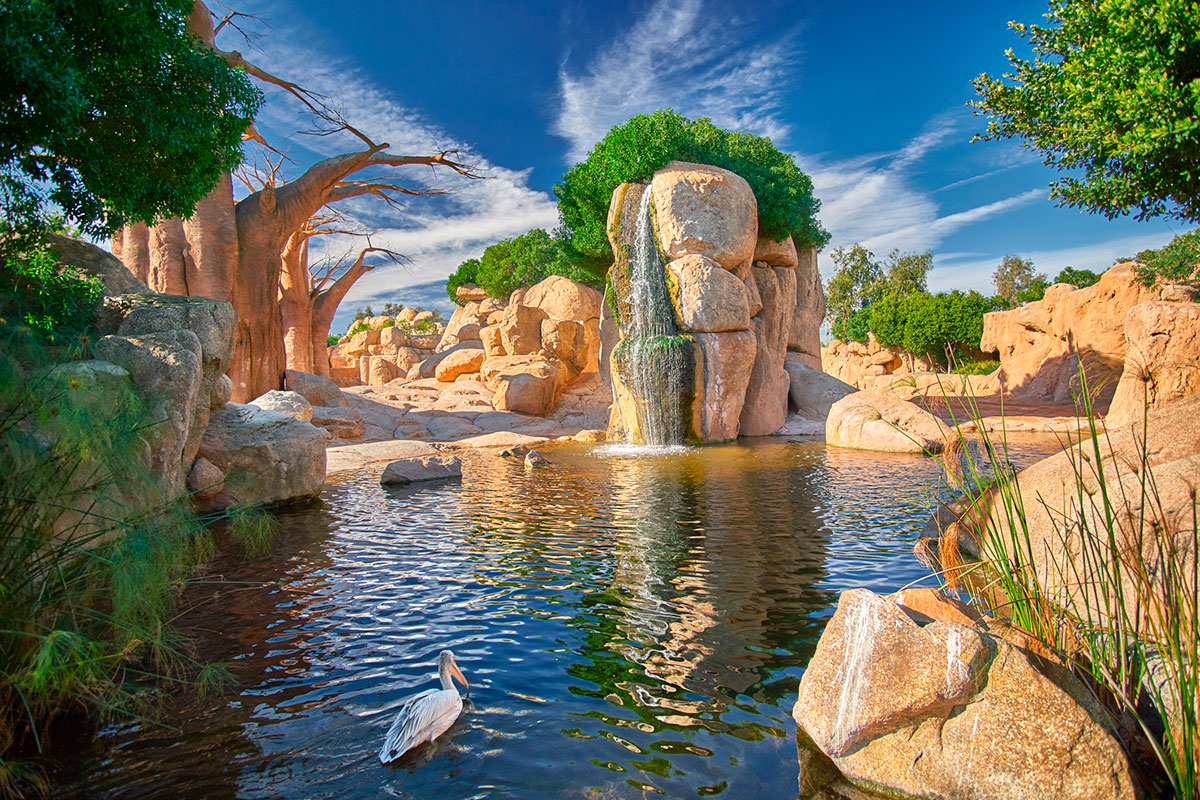
Valencia Bioparc
It is a 10-hectare zoo located in Valencia, Spain. It is owned by the Valencia City Council and designed and managed by the rainforest. It has a large number of African animals. When the park opened in 2008, most animals moved from the Turia riverbed in Valencia to the new Bioparc facility.
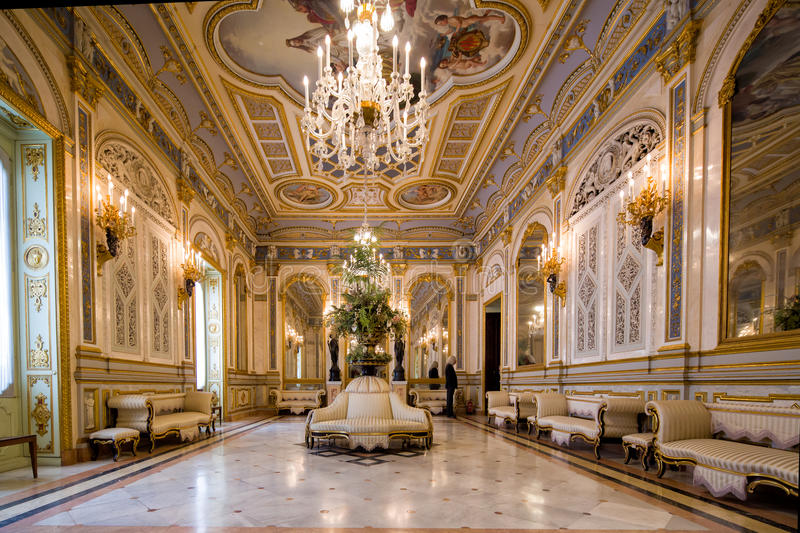
Palace of the Marqués de Dos Aguas
The Palace of the Marquis of Dos Aguas is a noble palace of Rococo style and has important historical significance in the city. It is located in one of the most central locations in the city of Valencia. Currently belongs to Valencia. The Spanish state is home to the González Martí National Museum of Ceramics and Decorative Arts.
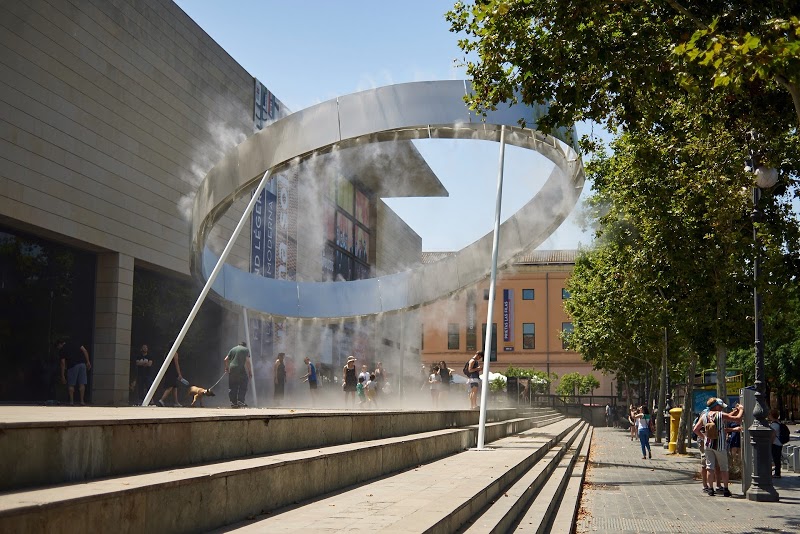
Valencia Institute of Modern Art
Valencia Institute of Modern Art is a museum in Valencia, Spain, designed to collect and study modern art related to Valencia. The Valencia government was founded in 1989. As of 2014, the museum has 10,000 collections.
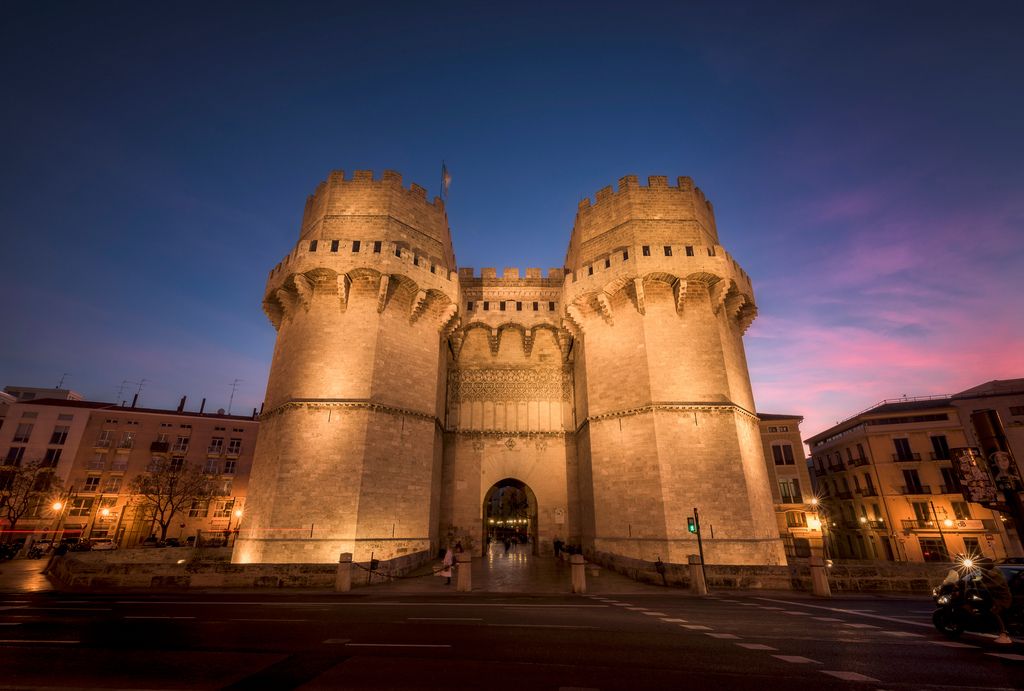
Torres de Serranos
Serrans Gate or Serranos Gate, also known as Serrans Tower or Serranos Tower, is one of the twelve gates that form part of the ancient city wall (Christian city wall) in Valencia, Spain. It was built in the Gothic style of Valencia at the end of the 14th century.
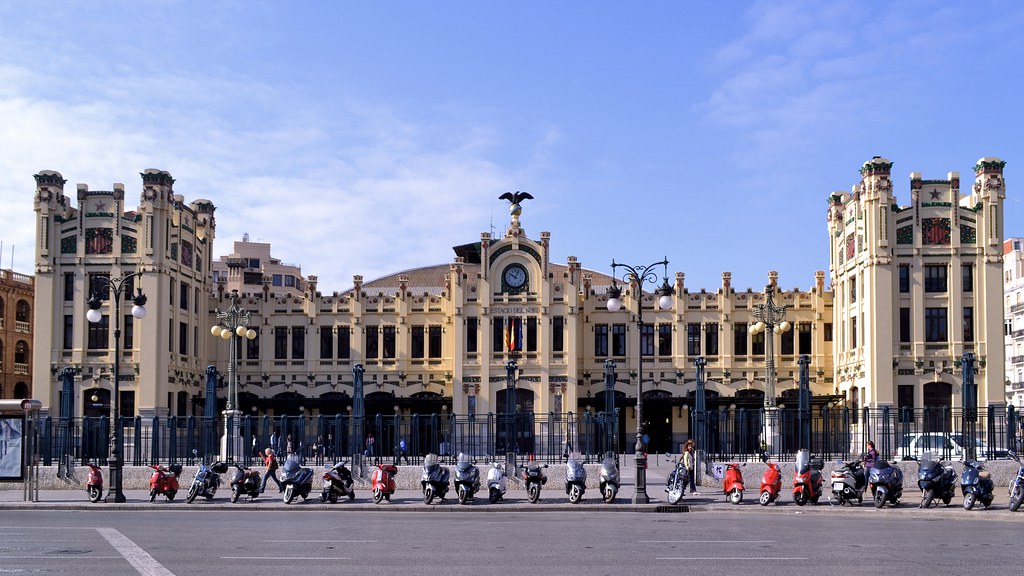
Valencia Nord Station
Valencia North Station is the main railway station in Valencia, Spain, opened on March 21, 1852. The North Station is close to the Valencia Bullring and about 200 meters from the City Hall. The station is named after the Northern Spanish Railway Company, which opened in 1917 and was later nationalized and incorporated into the Spanish National Railway Company.
The Spanish High Speed Railway (Spanish: Alta Velocidad Española, AVE) is the high-speed railway of Spain, operated by the Spanish National Railway, with a speed of up to 300 kilometers per hour. The system uses standard rails and dedicated rails, which is different from other rail systems in Spain that use wide rails, and also allows future connections with railways in other regions.
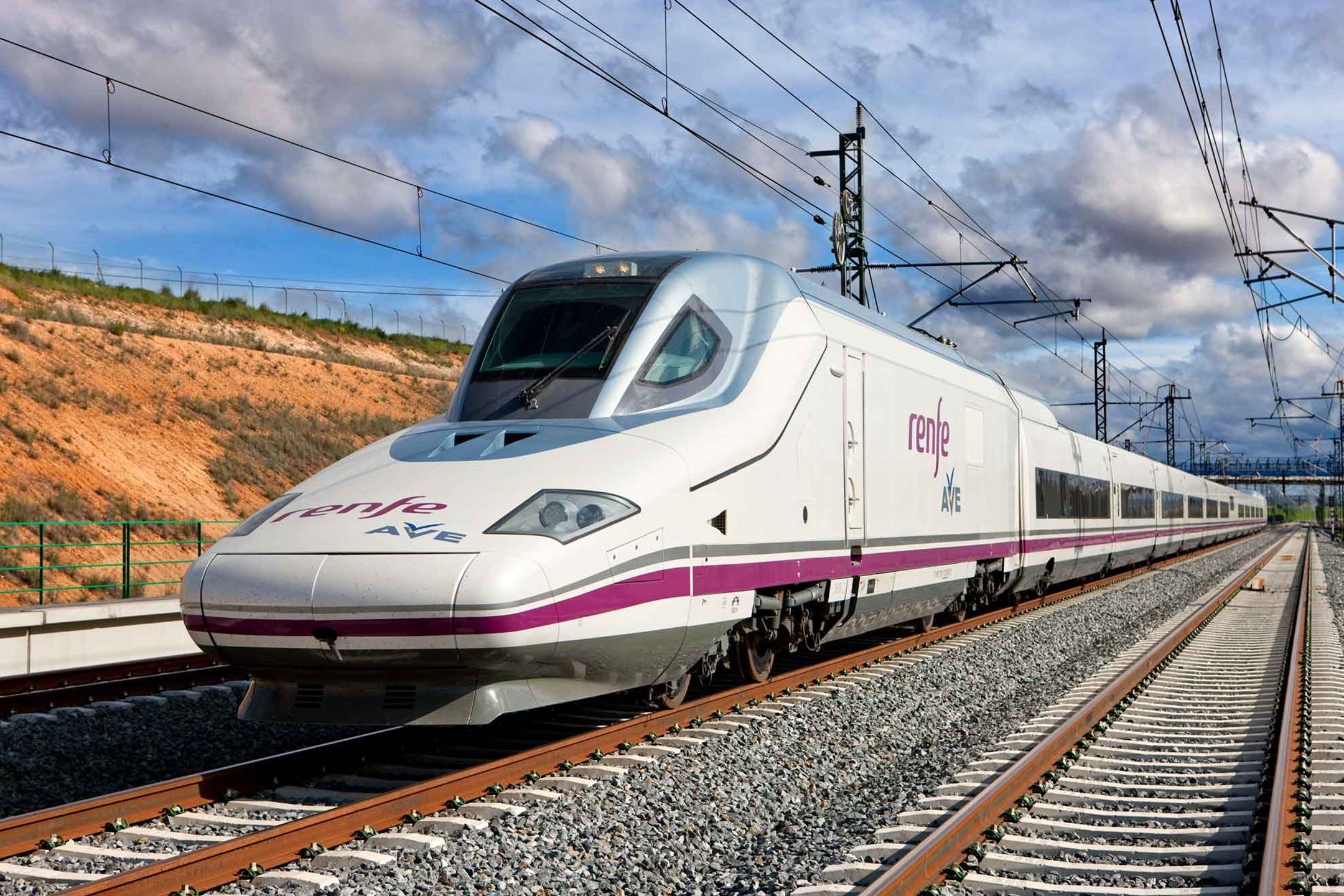
AVE train
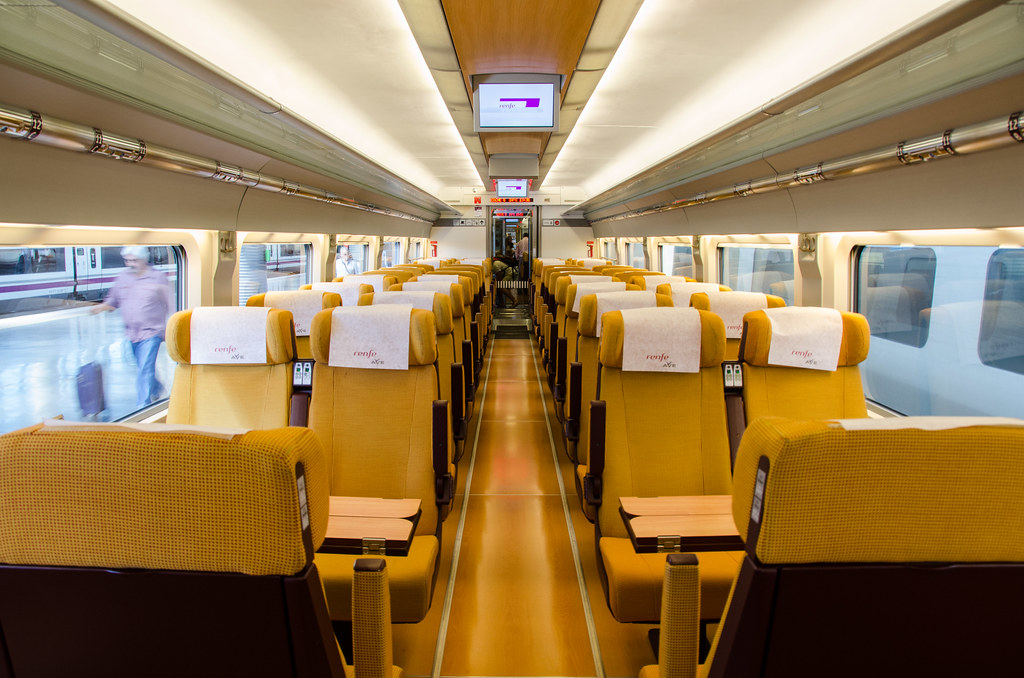
AVE train second class
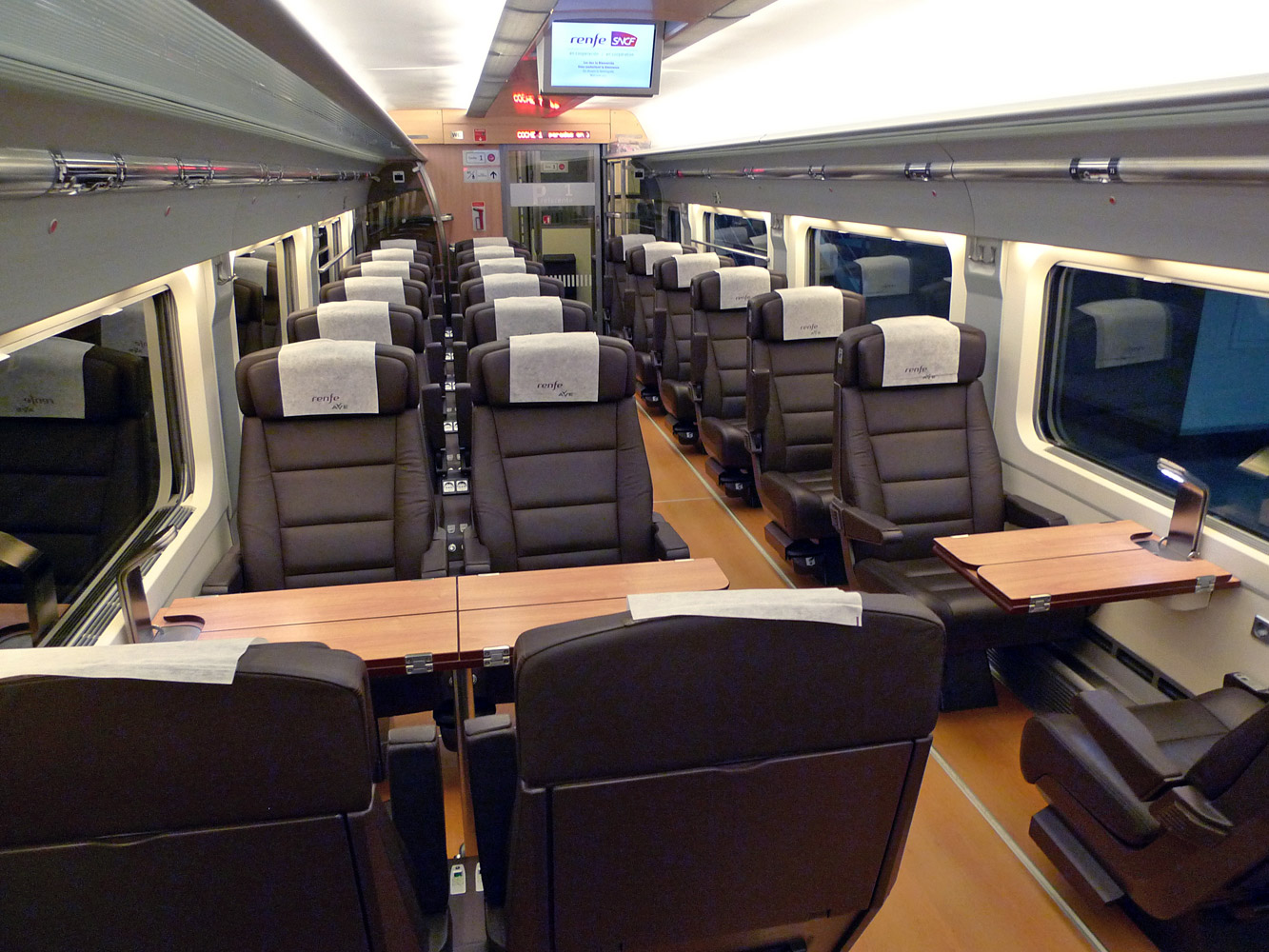
AVE train first class
Video link : https://youtu.be/052gMyOeDUA
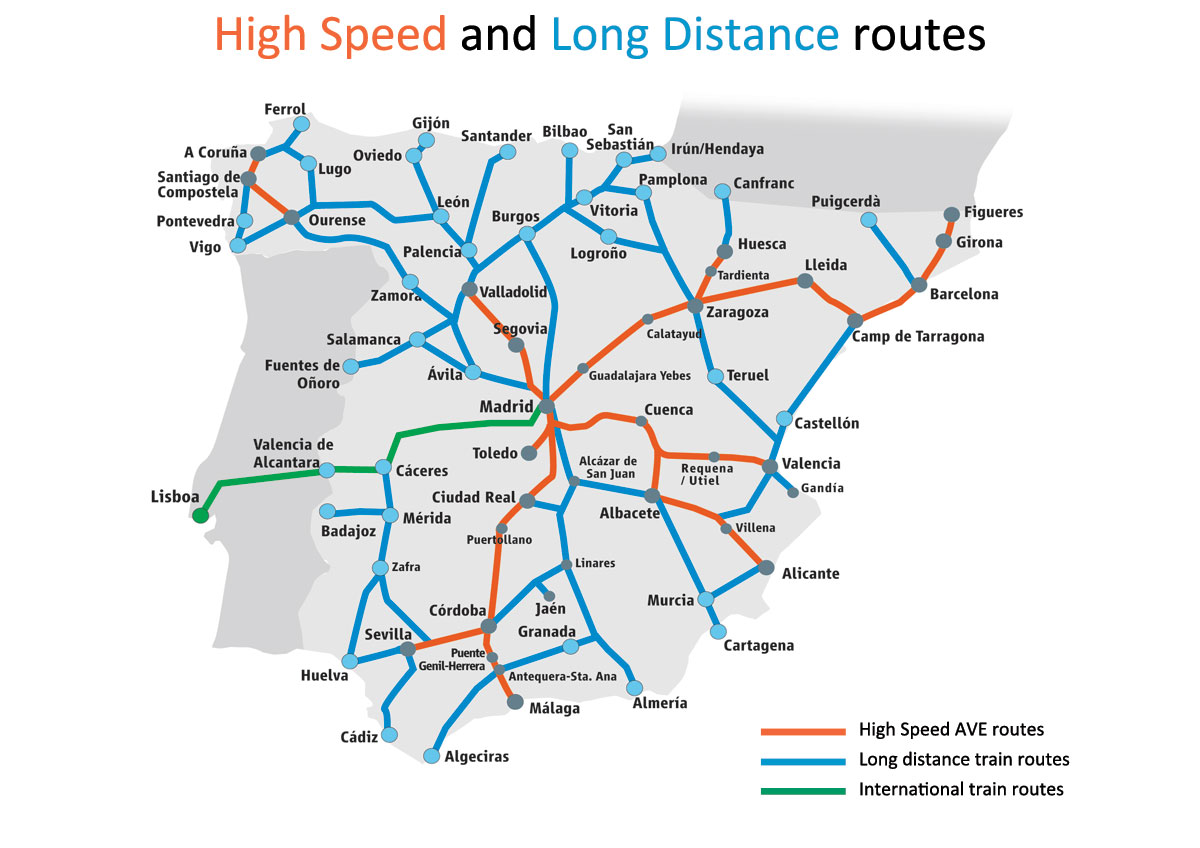
Spanish train route map
How can we book a train ticket from Madrid to Valencia? It’s easy! First log in to the global online booking website for train tickets, www.g2rail.com. Support multiple language versions.

Fill in the required itinerary information, departure station, arrival station, departure date, departure time, number of people, click search. There will be a lot of trains going directly to Valencia in a day. Choose a time we want and click to view the details of the train. The detailed information of the train schedule contains all the information of the train, including time, station, service on board, train class and fare. Choose the price you want, click on the reservation, then you can fill in the guest information and payment, it only takes 2 minutes, we bought a train ticket from Madrid to Valencia
To purchase train ticket information from other countries, please download the app from your mobile phone and make a reservation with Xmove Zhixing.

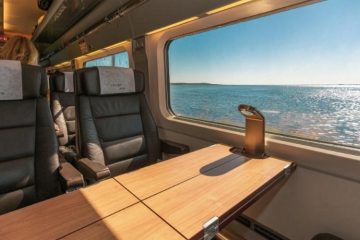
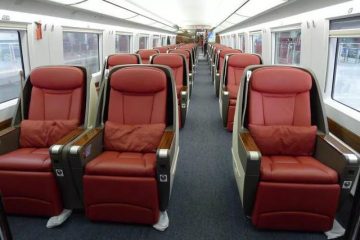
0 Comments